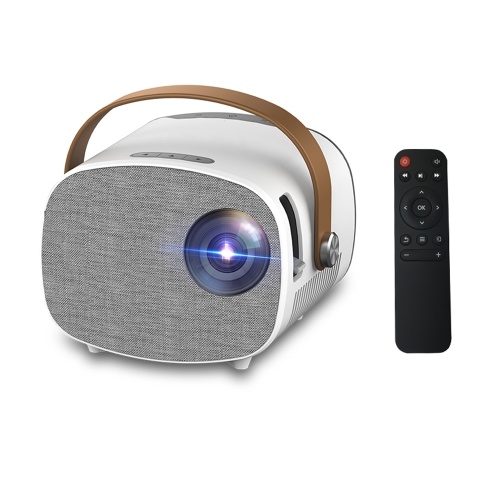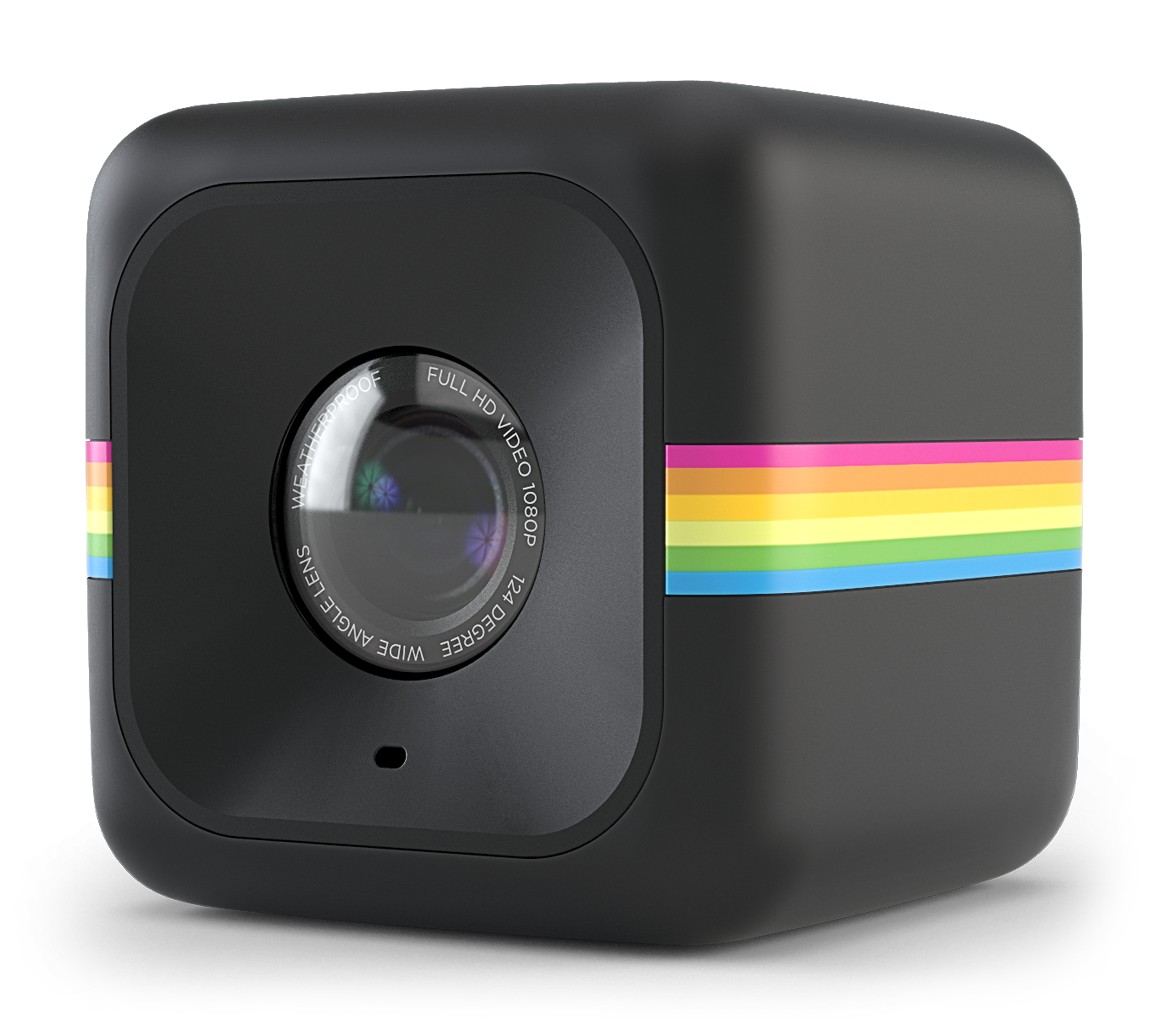


Standard Definition or SD quality is the cheapest format you can rent or buy. In the subsequent sections, I’ll explain when and why you’ll choose one format over another. As you can see in the comparison image below, there’s a significant difference between the variety of resolutions. The numbers commonly attached to these formats represent their vertical resolutions. And with more pixels, you get a sharper and more detailed picture. The higher the resolution, the more pixels you have. Pixels are the small dots that combine to “draw” the images you see on screen.

The three streaming formats available right now are Standard Definition (SD), High Definition (HD) and Ultra High Definition (UHD).īasically, the difference between SD, HD, or UHD formats is the number of pixels that comprise the video image.

While 4K streaming video is nothing new – Netflix, Amazon Video, and Vudu have been offering this format for a while now – with Apple and iTunes in the mix, we’ll surely be seeing more of this UHD option getting promoted everywhere when we rent or purchase videos online.īut what does all this mean and why do some video resolutions cost more than others? Only early tech adopters, avid videophiles and people with broad swaths of disposable income seemed interested.įast forward to today, with cheaper 4K TV sets dropping and Apple pushing 4K content to the mainstream, it’s now safe to say that 4K has finally arrived. With Apple finally embracing 4K movies with the new Apple TV, you are probably wondering, “What’s the big deal?” You’ve been hearing the 4K/UHD buzzword for years now but maybe you weren’t really paying attention since it all sounded like marketing mumbo jumbo to you.Ī few years ago, that may have been true since there was hardly any 4K content available and those expensive state-of-the-art UHD TV sets seemed like total wastes of money.


 0 kommentar(er)
0 kommentar(er)
